I thought a rock was… well, just a rock. Looking at them was never my thing. But here I am, after three weeks of intensive PANGAEA training with two astronaut colleagues, starting to appreciate why they can be so interesting.
I insist – looking at a stone under the microscope was not my cup of tea. But I was fed with knowledge, and then the magic happened.
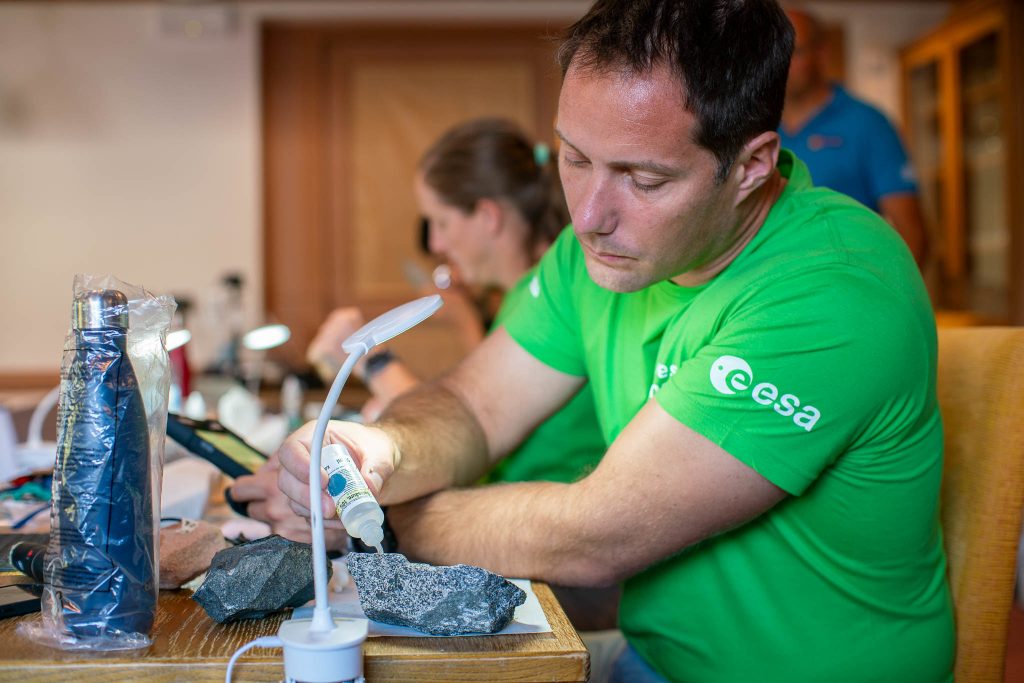
Detective work
I discovered that there is an incredible number of stories out there, and putting them together is what I loved about this training.
Our first week was an introduction to geology from a beginner’s level. We visited the Bletterbach canyon in Italy, where we could clearly see layers of rocks, one on top of the other, telling us the history of the place. It was a great way to learn about the processes that formed it over vast stretches of time.

I saw reddish rocks that told me that there must have been more water in the past. Sedimentary rocks showed me that there was a river network and saline lakes. Being taught how to put all the pieces of the puzzle together to reveal what happened over two hundreds millions of years ago was a fascinating experience.
Findings
Our detective work continued at each site. The instructors were very happy when we discovered evidence of the past that they had never found before in that location. During our first day of exploration at Bletterbach I came across a shiny rock by pure luck. Geologists called it mica schist. We admired the beautiful specimen and learned its link to the glacial processes that brought it there.

In Germany, I found an excellent sample of a shatter cone, a rare geological feature that forms beneath meteorite impact craters abundant on the Moon. We donated this specimen to the museum of Nature and Humankind of Padova University. Since some of our instructors are from that institution, I found it a great way to repay all the information they shared with us.
My colleague and NASA astronaut candidate Jessica Wittner also found a rare rock, different from everything else in the volcanic landscapes of Lanzarote, in Spain. Her trained eye spotted a gabbro, a rock that tells the story of the eruptions that formed the island.

From virtual to real
I spent almost 400 days in space during two missions to the International Space Station. I long to keep exploring.
I am an explorer, after all. I wish I could be out of the office 99% of the time, but unfortunately that is not a realistic scenario. We tend to spend a lot of time running simulations until the real thing – going to space – happens, and then we have to perform. Sometimes it is hard to get that feeling of doing the things that were you hired to do.
That is why, once in a while, it is good to go out there and think that you are on the Moon.
With PANGAEA, I learned how to explore again, but in a scientific way. The training took us from very academic content at the beginning to fully operational missions at the end.
In the alien landscapes of Lanzarote, between solidified lava flows, it did not look like Earth at all. It is a very special place that shows similarities with Mars. You can easily picture yourself wearing a spacesuit and walking on another planetary body.
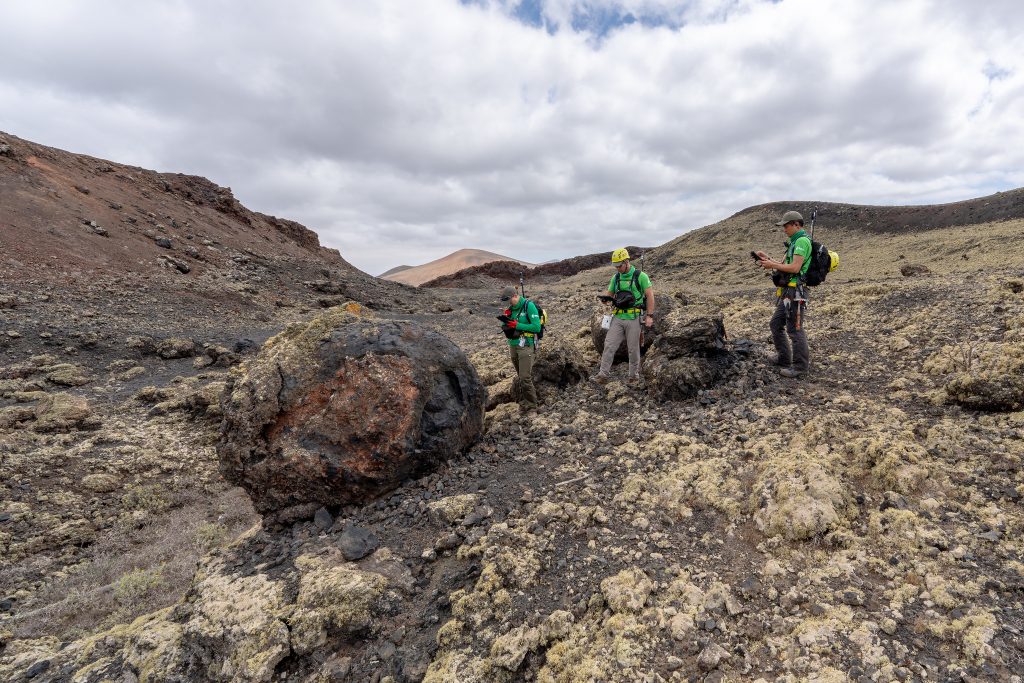
In the island of the thousand volcanoes, we put everything together: the radio communications, all the equipment and scientific instruments and the mission protocols. It was similar to a real mission.
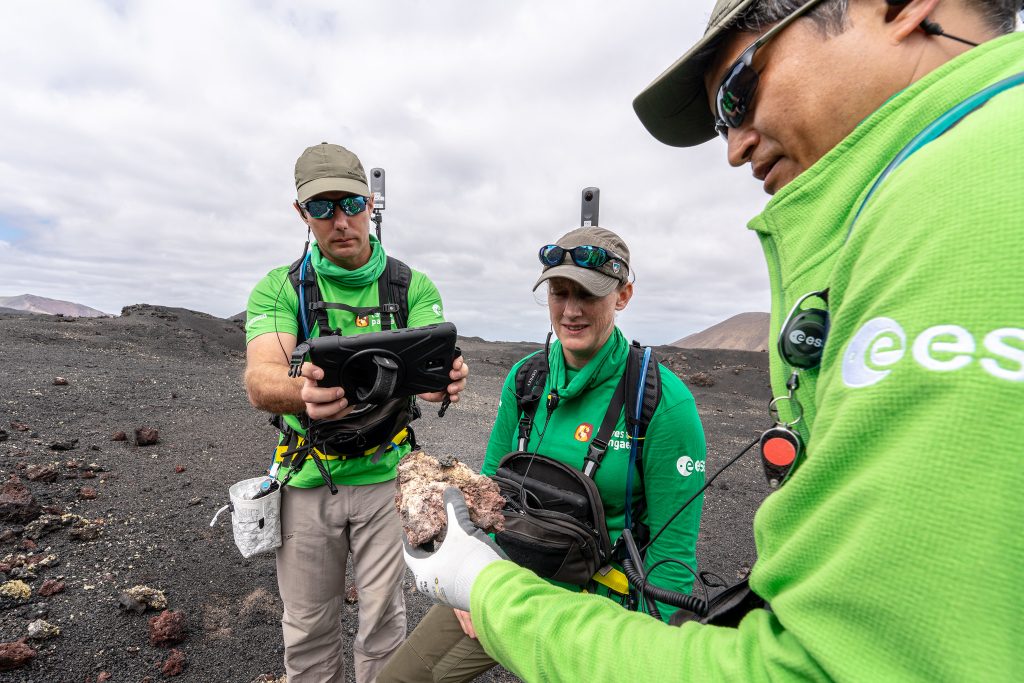
I think it is hugely important to have training activities in the field. You work as a team, things can get a bit challenging, and you must figure things out. It can also be physically demanding, and you must be aware of the risks. You must be patient and work together in order to best prepare for future missions.
Commander Thomas
Exactly two years ago I became commander of the International Space Station. I really enjoyed that leading position. It might sound silly – who doesn’t want to be the boss? But I feel comfortable in the role. I like taking a step back, and I don’t need to be always part of the action.
The same happened in PANGAEA. I enjoyed managing the big picture and setting priorities. It also helped that we clicked as a team from the beginning. While JAXA astronaut Takuya Onishi was very methodical and proficient with the tools, Jessica Wittner was a great observer with a lot of attention to the detail.
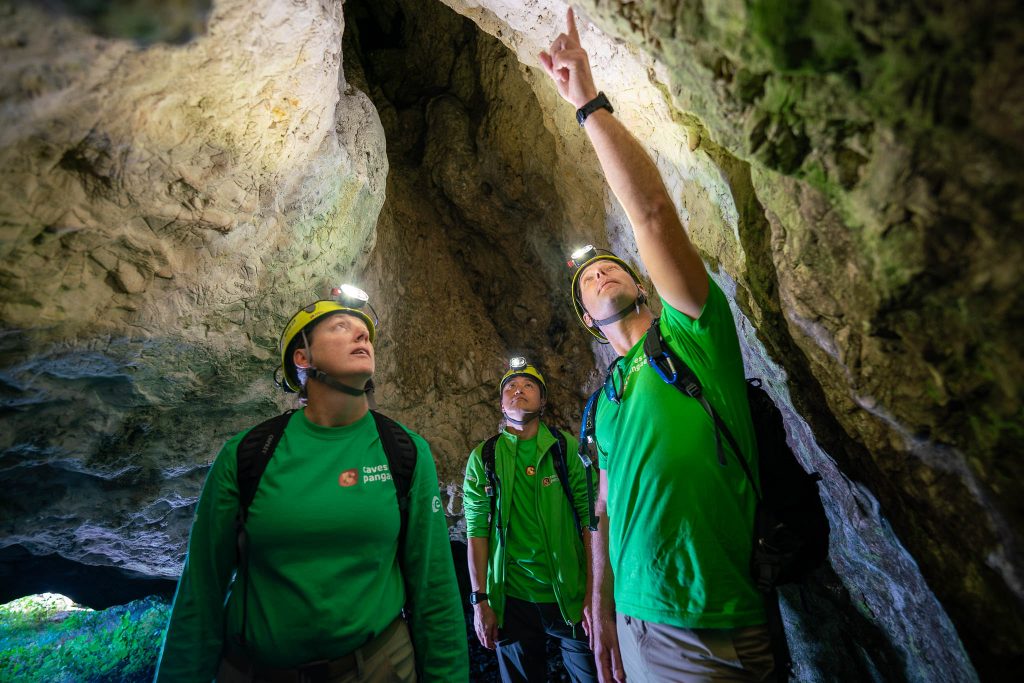
We had a good chemistry and that is what you want to see on a space mission. You don’t only care about people being good – you care about people working well together.
The missing chapter
I have learned a lot about the fascinating geology of the Moon and Mars. Yet in practical terms the Red Planet seems like a more distant destination.
We are very close to a human mission to the Moon. There is a realistic chance that soon a European will step on the lunar surface. This still amazes me and, from a human perspective, I think I can’t entirely grasp the enormity of it.
Our training helped us understand the mechanisms of lunar geology, and train for future lunar missions, so that when we are on our satellite, we know how to maximise the scientific return.
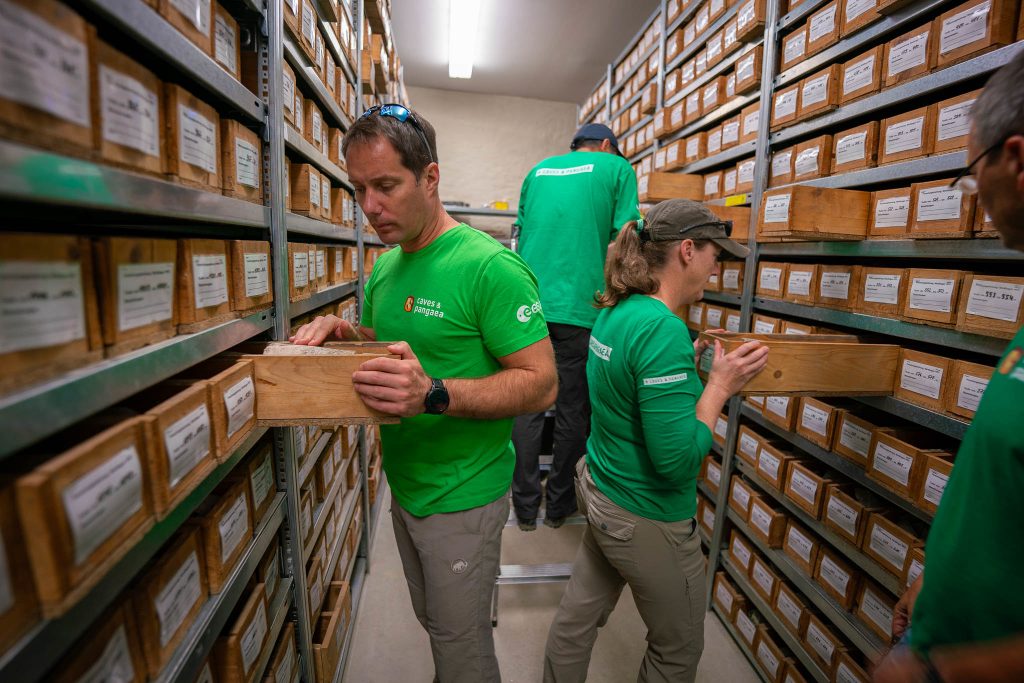
One big piece of the puzzle is missing. We have seen examples of the lunar maria in volcanic landscapes on Earth, but what about the highlands? I want to unveil the enigma behind them and understand whole story of the Moon.
And I hope to find the answer in a fjord.

Discussion: one comment
You will get there Thomas, of that I am sure 🤗